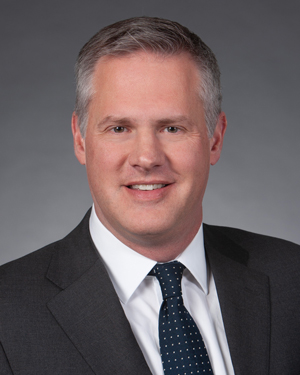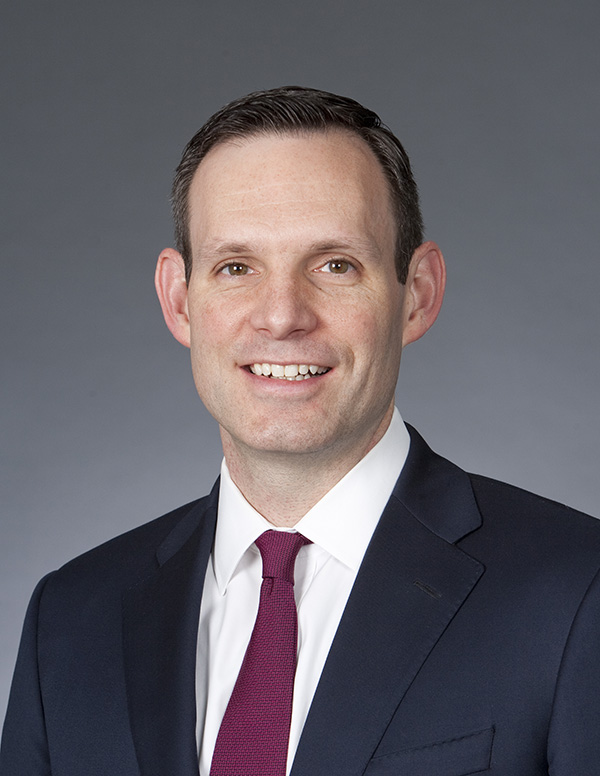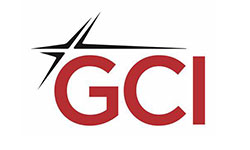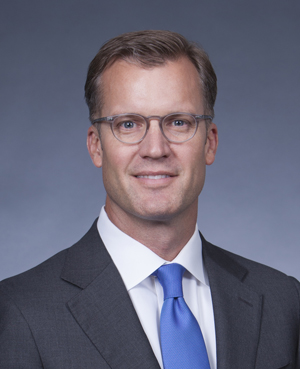Interest rates
Fed keeps rates steady; slower growth and slightly higher unemployment ahead
Jeff Milheiser
The Fed’s mid-March decision to leave the target range for the federal funds rate unchanged at 4.25% to 4.5% seems like more of the same, but the commentary behind the decision tells a more complete story.
Fed Chairman Jerome Powell cited softening consumer spending and said he expects the economy to grow at a slower pace this year, but that chances for a recession continue to be remote. The Fed also expects inflation to rise from 2.5% to 2.7% and for the unemployment rate to increase to 4.4% by year-end.
The Fed also noted that it is reducing its sale of U.S. Treasury securities—which it had amassed during the pandemic—without reinvesting the proceeds, to $5 billion per month from $25 billion per month. The move reduces the supply of Treasurys in the market, which should keep longer-term Treasury rates lower than they would be otherwise.
Moving ahead, expectations for future rate cuts in 2025 vary slightly. The market is currently pricing in two to three rate cuts by the end of the year, while the Fed's median forecast is for two rate cuts in 2025.
In late March, however, Atlanta Federal Reserve President Raphael Bostic said he foresees slower progress on inflation and anticipates the Fed will cut rates only once—by just one-quarter percentage point—by year-end.
The effects of President Trump’s new tariff regime will weigh heavily into the Fed’s decision-making. The next Fed meeting occurs May 6 - 7.

Jeff Milheiser is vice president, Funding & Investments in CoBank’s Treasury division. Jeff graduated from Purdue University and has been with CoBank for more than 22 years.


















